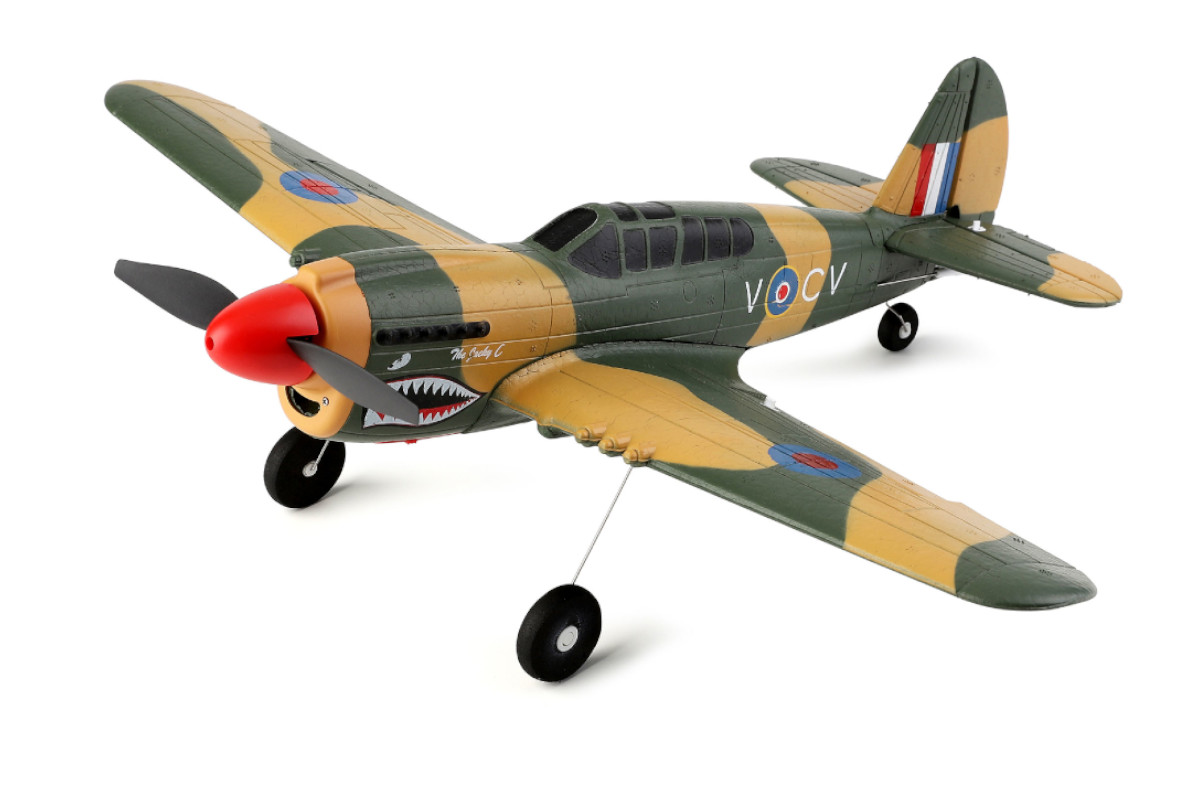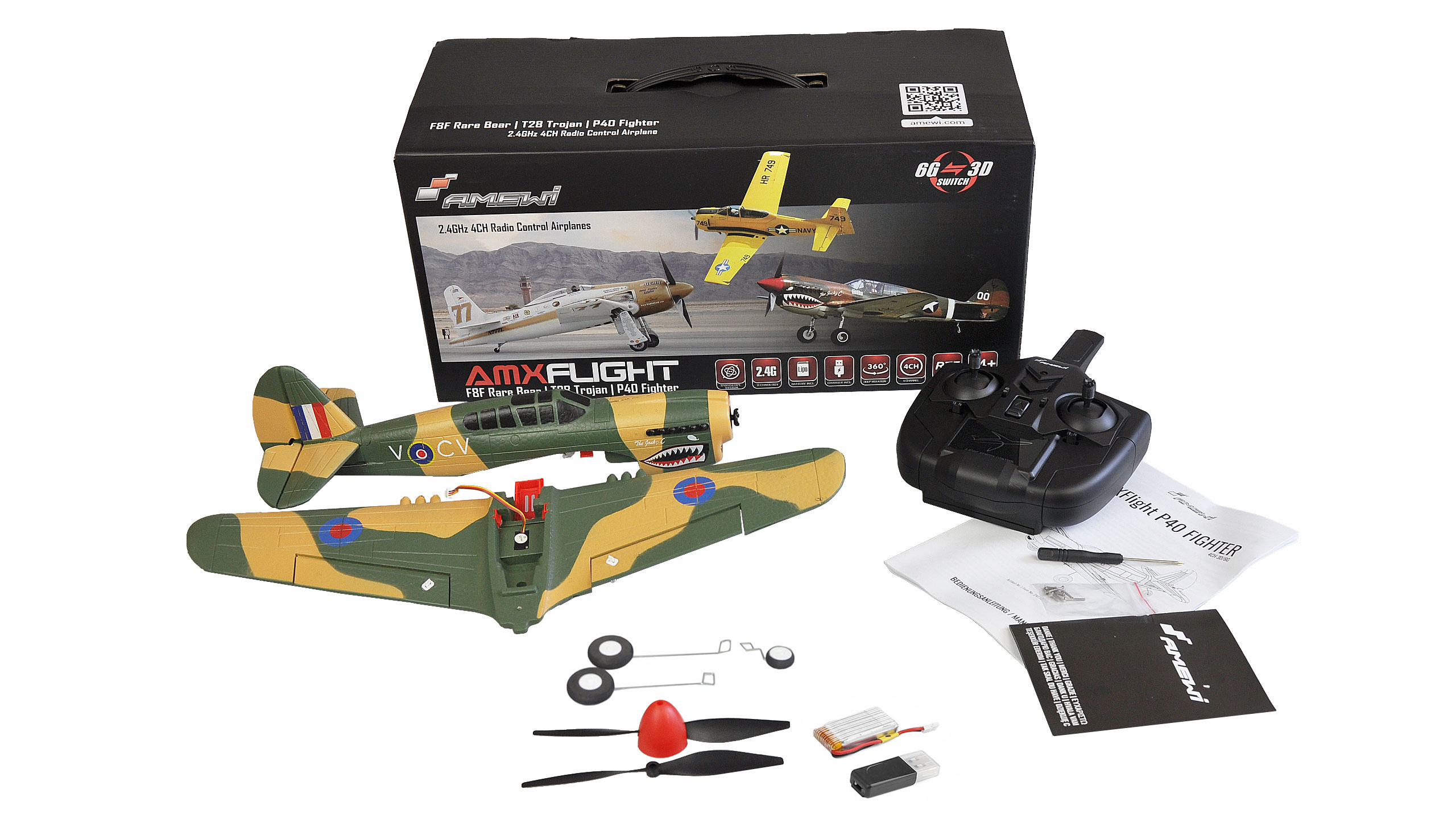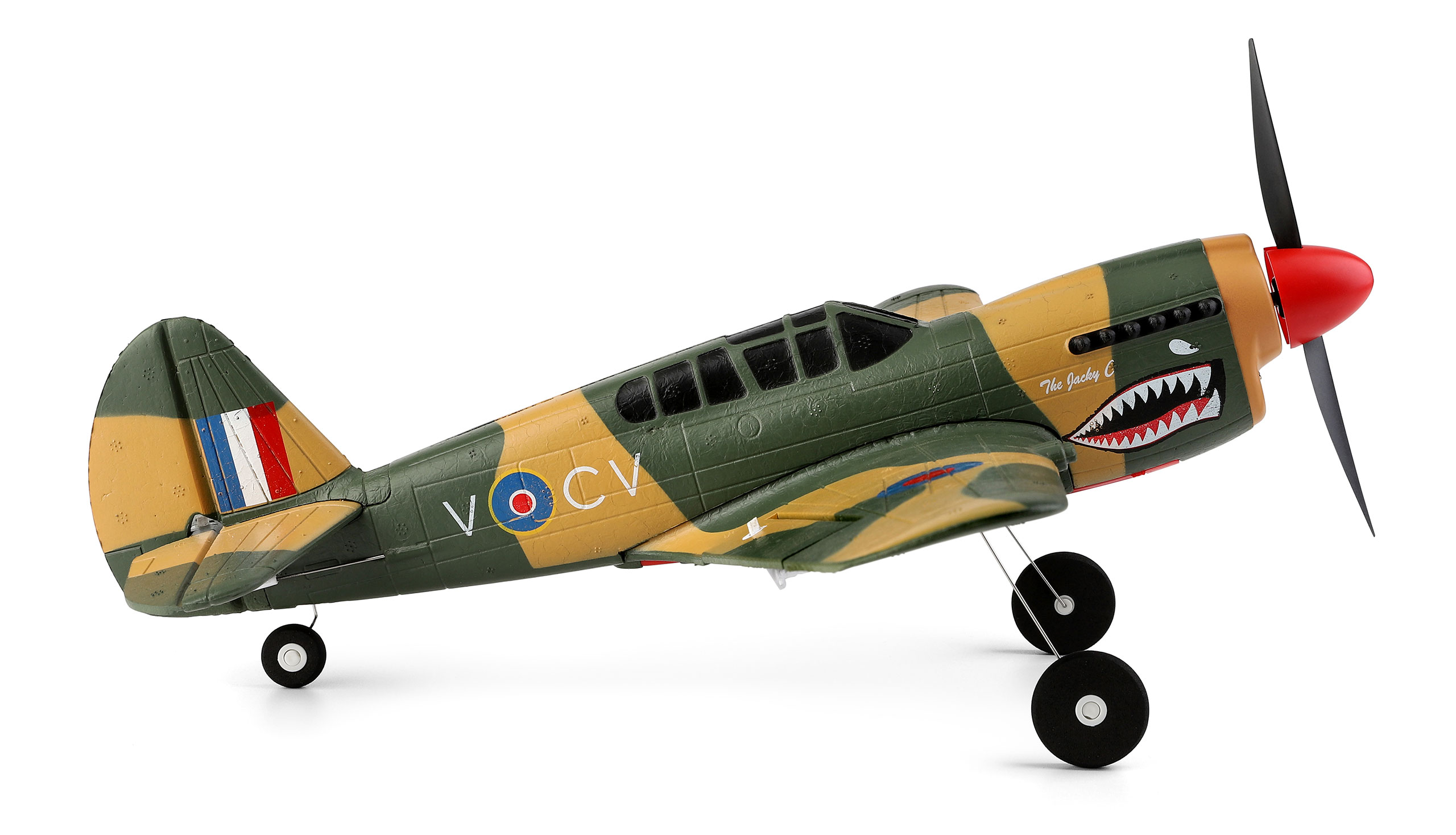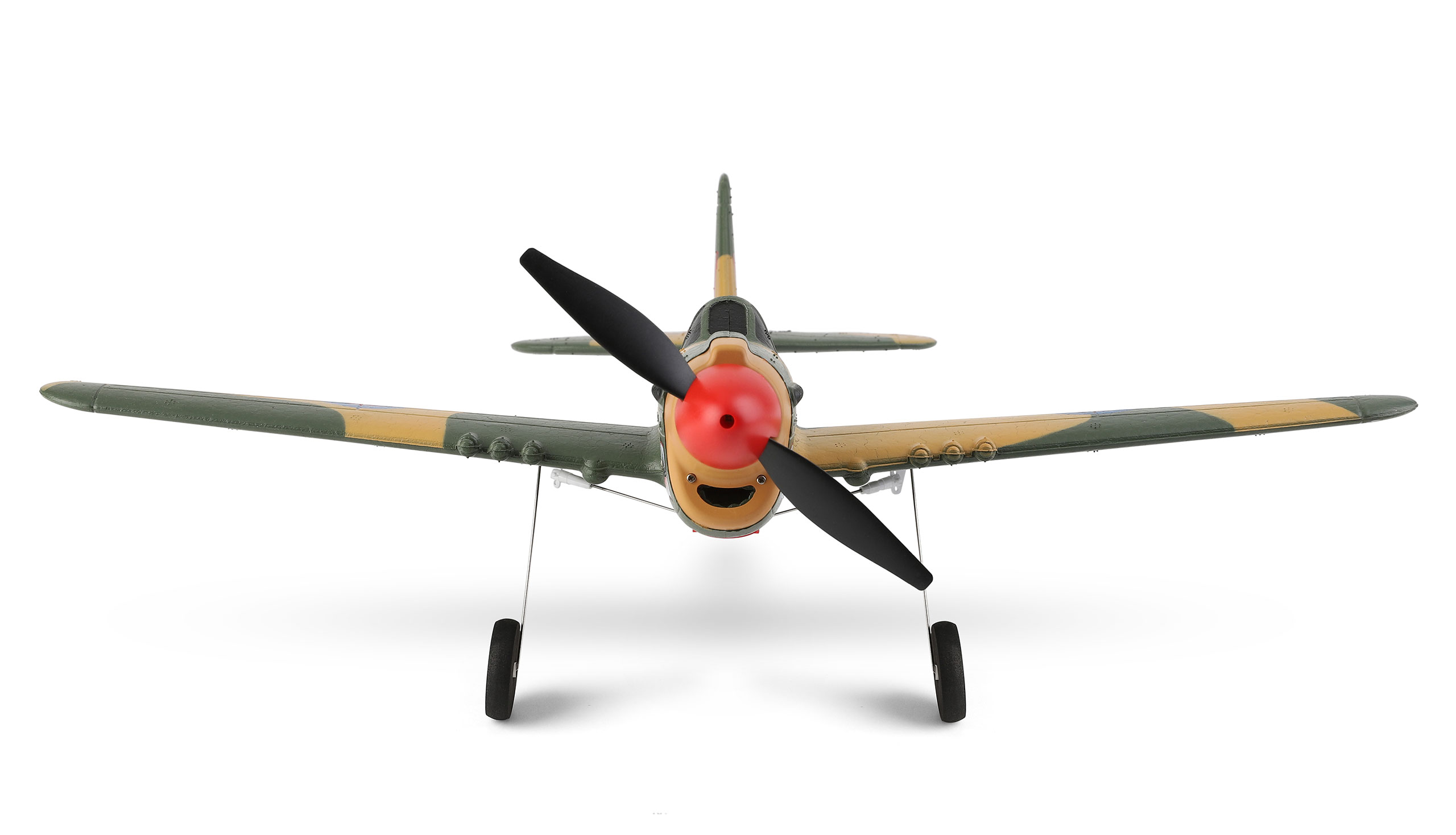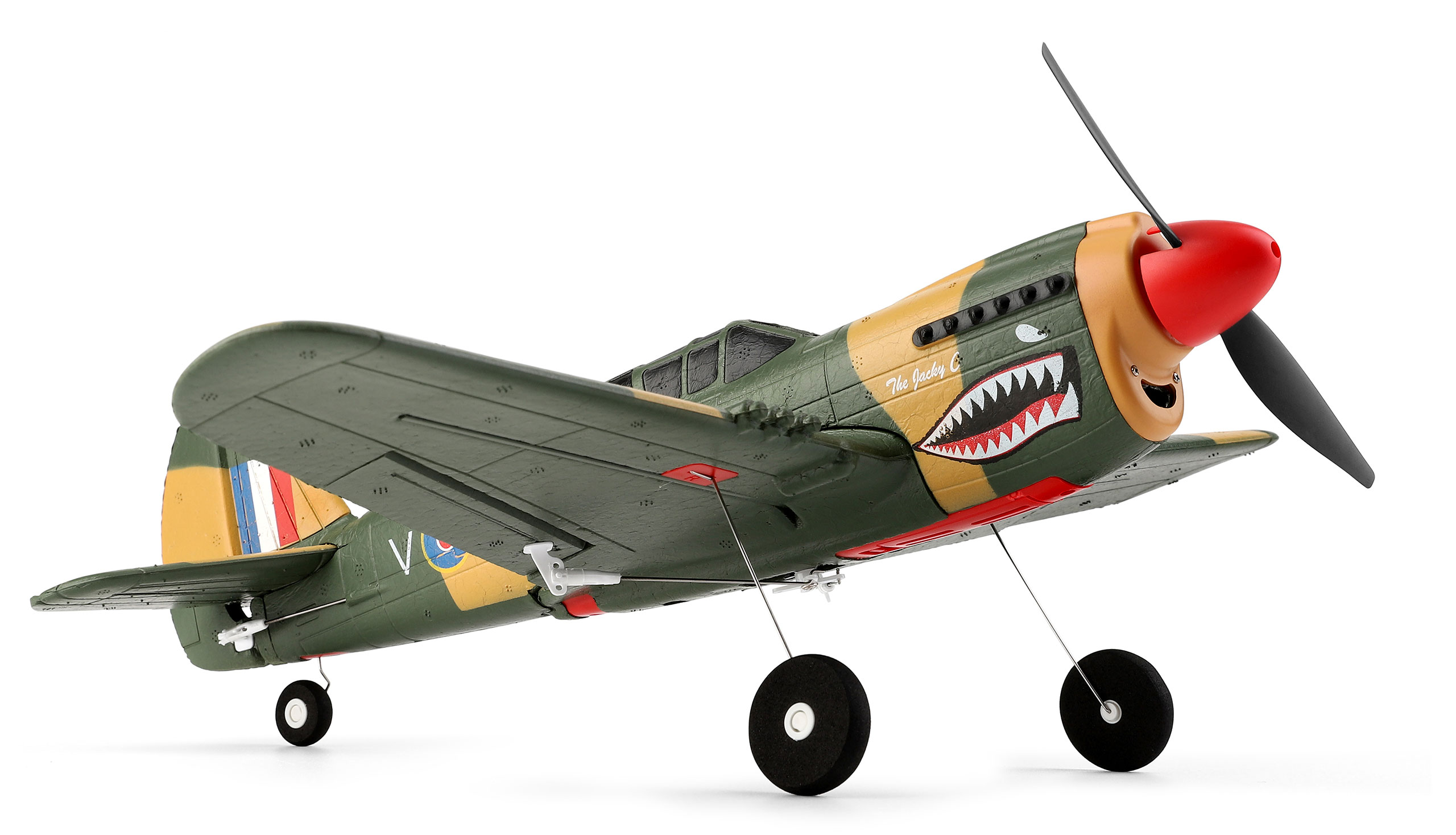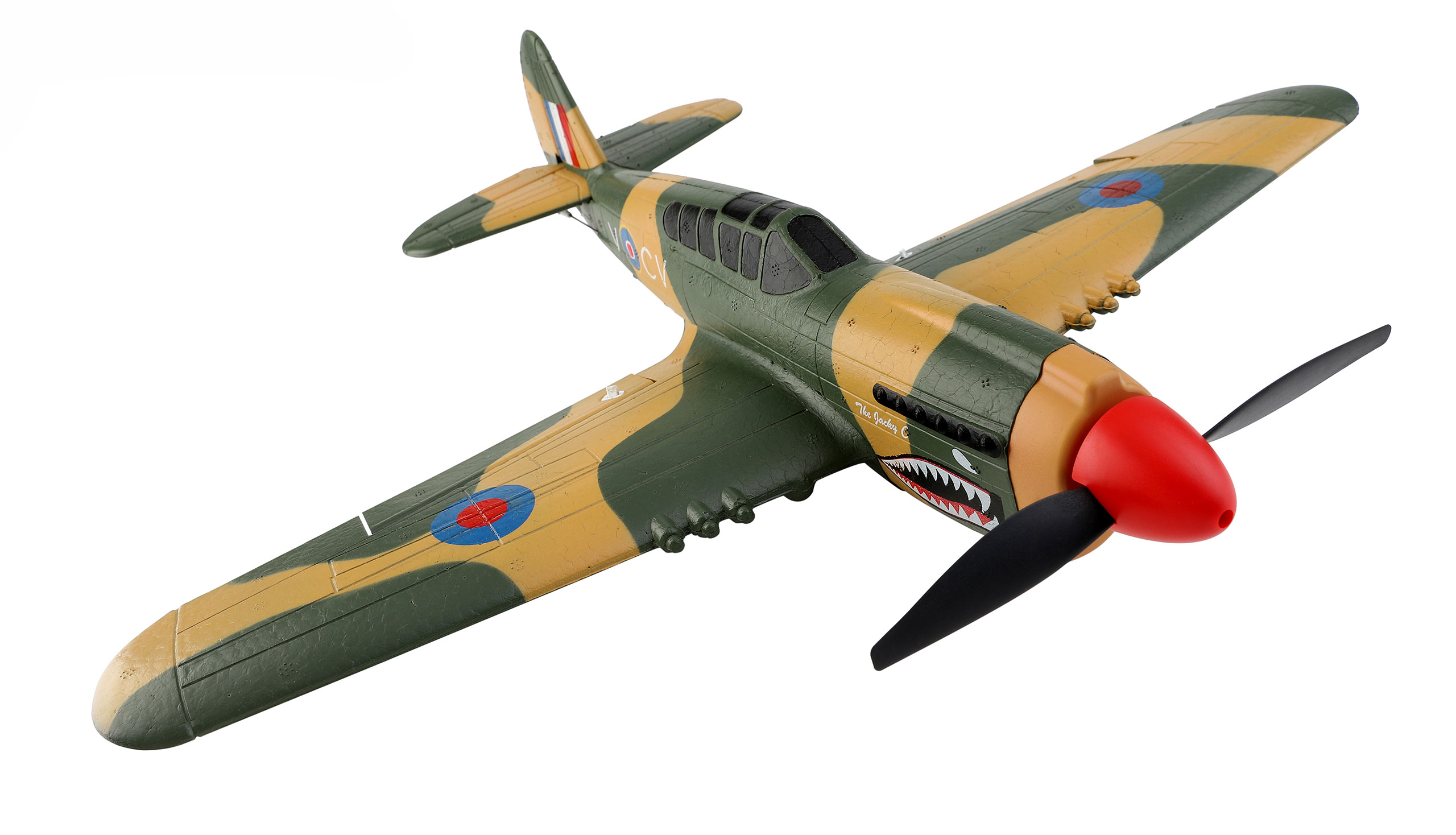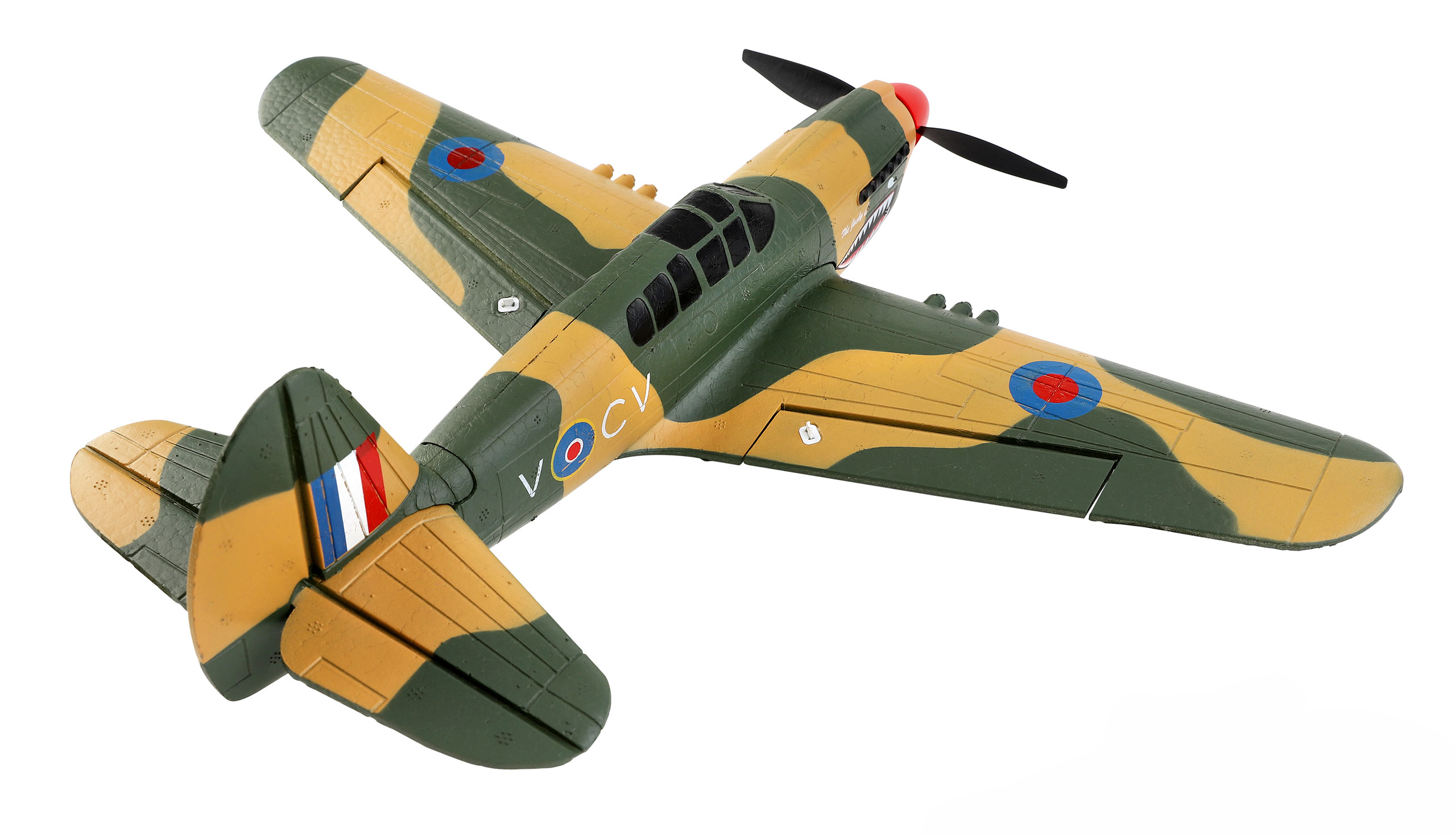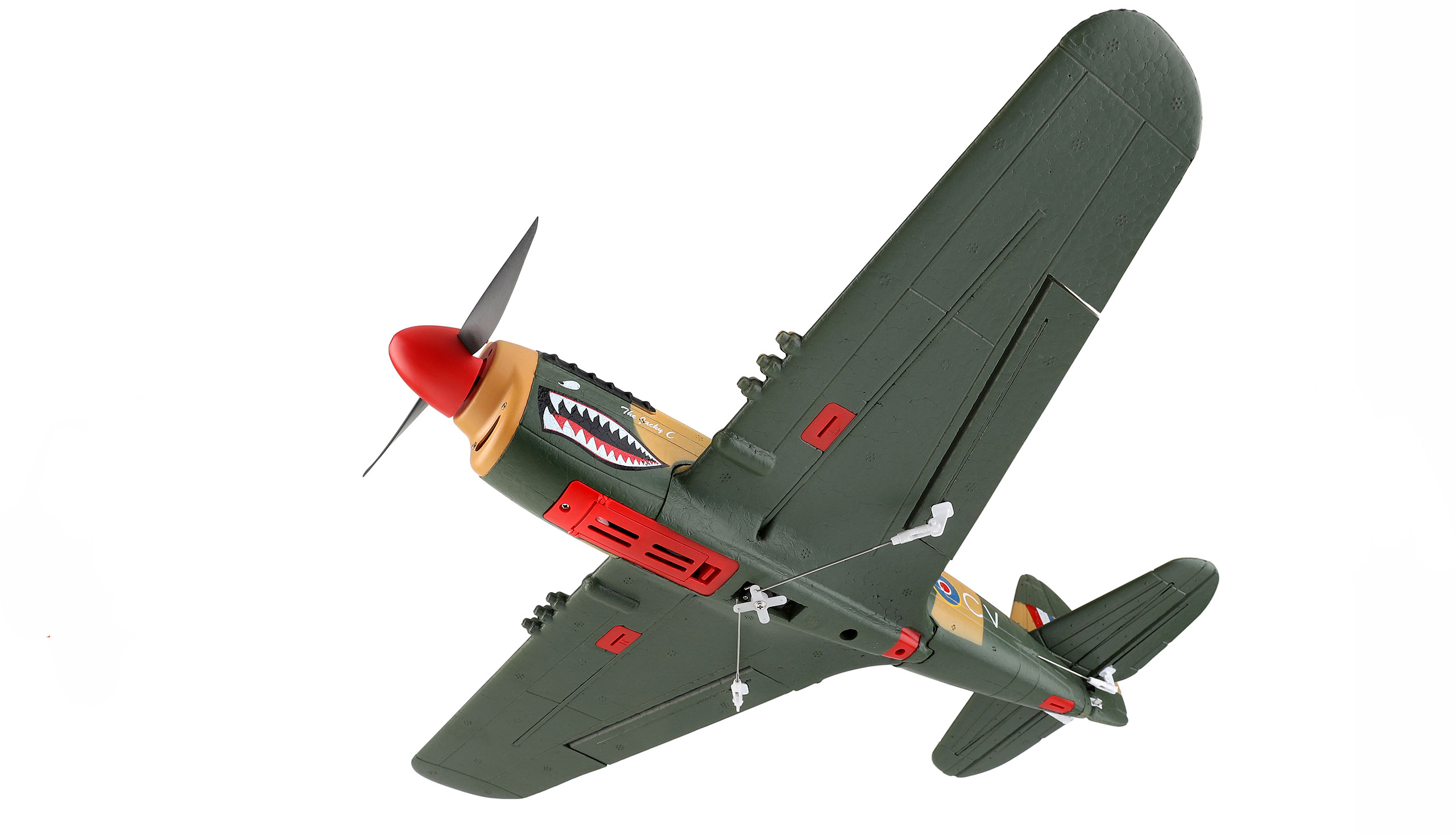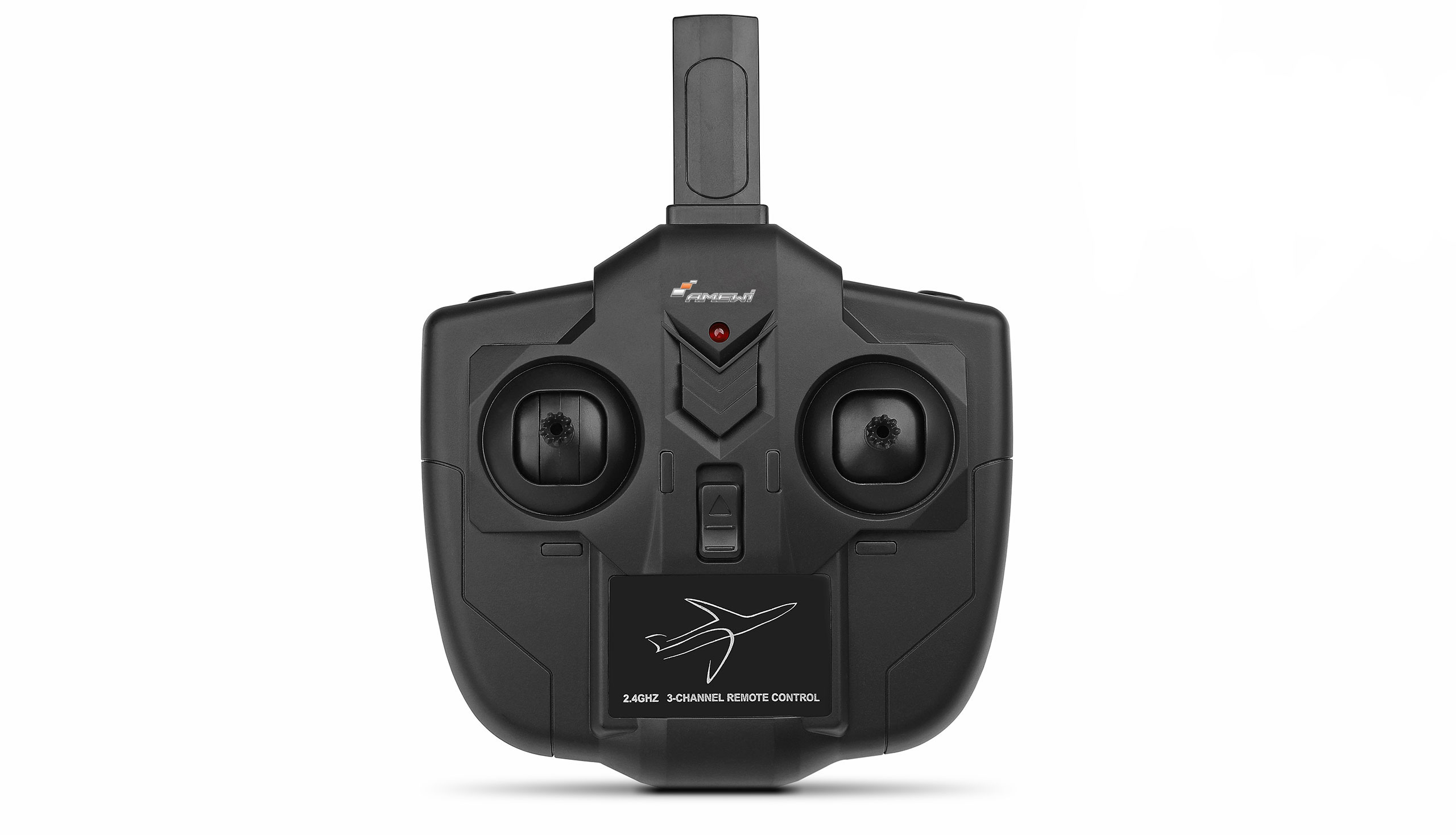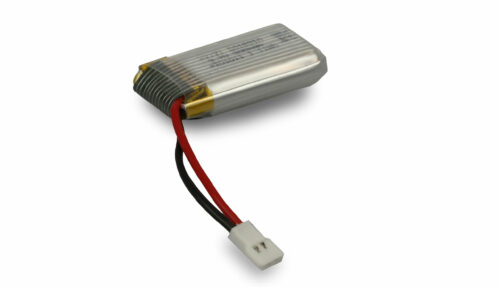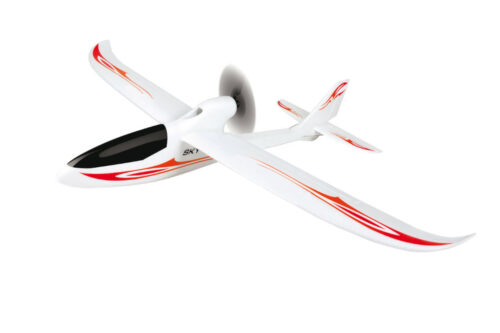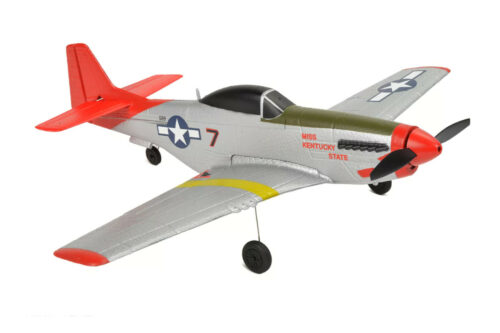The Curtiss P-40 Warhawk is a single-engine, single-seat fighter aircraft from the Second World War. A further development of the P-36 Hawk used by the US Army Air Forces (USAAF) primarily against the Japanese attack on Pearl Harbor in December 1941 and also used by the British Royal Air Force and Chinese forces, the P-40 was produced in large numbers from 1939 to 1944. Despite rather mediocre flight performance at altitudes of over 4,000 metres, it was considered a useful fighter and fighter-bomber at lower altitudes thanks to good manoeuvrability. Although later variants were equipped with increasingly powerful engines, their altitude performance continued to lag behind that of other contemporary fighter aircraft. Nevertheless, historic successes were achieved, such as the first aerial victory by an African-American pilot, Charles B. Hall, on 2 July 1943 against a Focke-Wulf 190 that was considered superior.
The Amewi Edition of the Curtiss P-40 Warhawk is a scale replica in true-to-the-original paintwork, which combines perfect flight characteristics (6G for beginners, 3D for advanced pilots) with the latest technology. The model is controlled via all axes (aileron, elevator, sideways, motor) and is self-stabilising (gyro) in 6G mode. This stabilisation prevents the aircraft from stalling and only allows a limited angle, so that loops, rolls or inverted flight are not possible in this setting. However, when switched to 3D mode using the high-quality 2.4GHz transmitter, it is also suitable for dynamic aerobatics. All the standard manoeuvres described are then possible without any problems. Should something go wrong in the air, the P-40 can be switched back to 6G mode at the touch of a button and immediately returns to a stable flight position (rescue function). In addition to these features, the model is equipped with a receiver board that allows operation with e.g. Futaba or other 5V S-Bus receivers as well as DSM receivers with a 3V output. Thus, the model is not dependent on the supplied remote control, but can alternatively be used with an existing transmitter.
Highlights:
Receiver board with 5V output for S-Bus receivers and 3V output for DSM receivers.
True-to-the-original paint scheme with good visibility
6G and 3D mode switchable at the transmitter for beginners and advanced pilots
Further features:
Model comes as RTF set incl. model, battery, transmitter and charging cable
Landing gear included for ground launches
Large battery for long flight time included (approx. 10min, LiPo 3.7V 400mAh)
Long range thanks to modern 2.4GHz system (approx. 150m)
Technical data:
Wingspan: 384mm
Length: 328mm
Height: 100mm
Weight: 69g
Main material: EP foam
Thrust: approx. 1:1
Motor: brushed 1020
Servos: 3x
Remote control: 4 channels 2,4GHz
Range: approx. 150m
Battery: LiPo, 1S, 3,7V, 400mAh, 25C, Softcase, Molex connector, LxWxH 48x18x8mm, 12g
Flying time: approx. 10min
Charger: USB plug
Charging time: approx. 60-80min
Scope of delivery:
Model
Transmitter
Battery
USB charging plug
Required accessories:
4x AA Mignon batteries for the transmitter





























